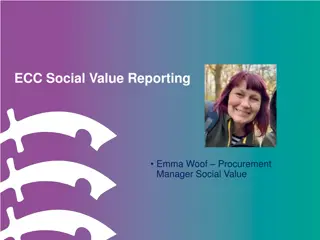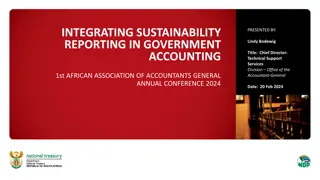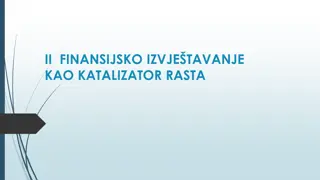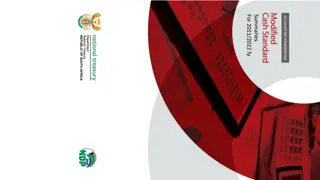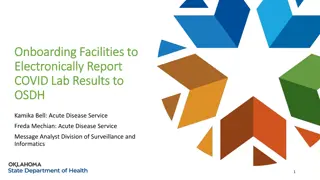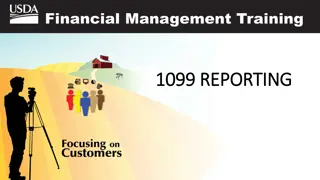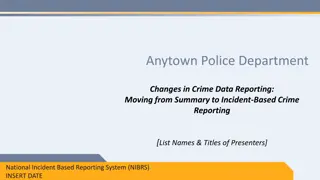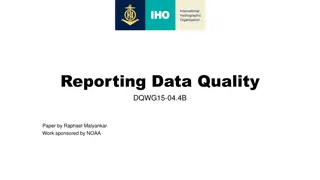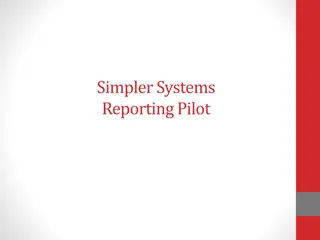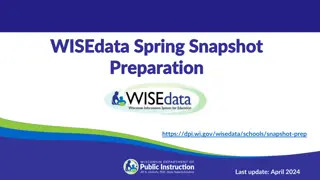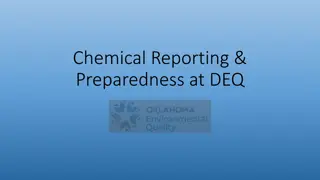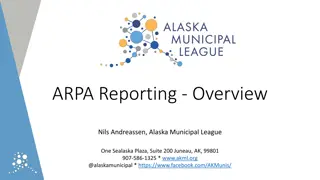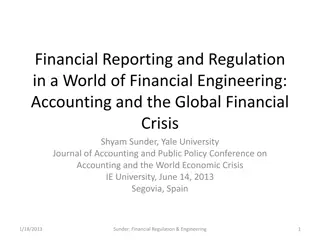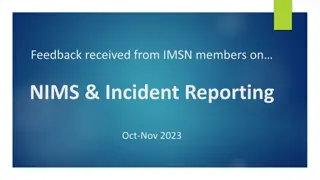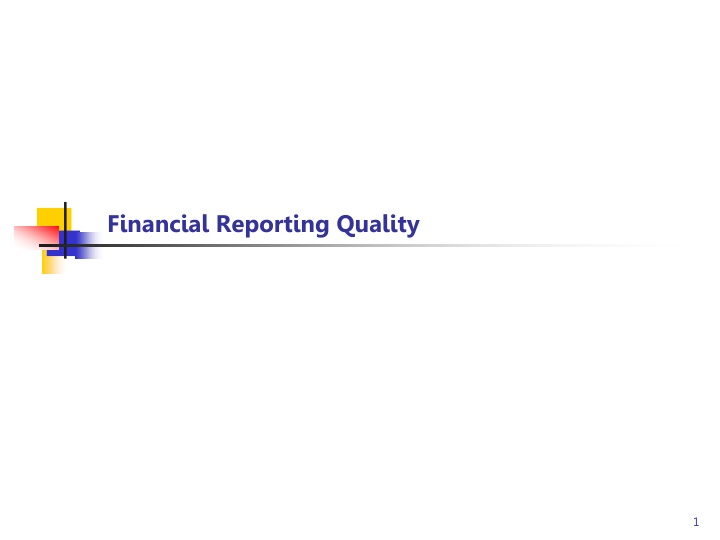
Financial Reporting Quality and Earnings Manipulation
Explore the complexities of financial reporting quality, limitations, IFRS relevance, and earnings quality, including the Beneish Model for detecting earnings manipulation. Learn about the factors influencing net income, the discretion companies have in financial performance, and strategies to enhance earnings quality while avoiding scrutiny.
Download Presentation

Please find below an Image/Link to download the presentation.
The content on the website is provided AS IS for your information and personal use only. It may not be sold, licensed, or shared on other websites without obtaining consent from the author. If you encounter any issues during the download, it is possible that the publisher has removed the file from their server.
You are allowed to download the files provided on this website for personal or commercial use, subject to the condition that they are used lawfully. All files are the property of their respective owners.
The content on the website is provided AS IS for your information and personal use only. It may not be sold, licensed, or shared on other websites without obtaining consent from the author.
E N D
Presentation Transcript
Limitations of Financial Reporting What is your net income? What do you want it to be? Considerable discretion allows companies to manipulate their finance performance. Why? 1. Accounting policies and estimates FIFO, average cost, specific identification Straight-line, accelerated depreciation Useful life, bad debts expense 2. Valuation of assets, liabilities, and equities Historical cost versus fair value Assets may be excluded if developed internally Off-balance sheet assets and liabilities 3. Classification of assets and liabilities Long-term versus current assets or liabilities Liability versus equity 4. Poor quality of earnings Revenue recognition Cost recognition Timing of discretionary expenses, asset revaluations, impairment losses and reversals Classifying revenues and expenses as operating or non-operating 2
IFRS Relevant to Financial Reporting Quality Revenue recognition Discontinued operations Comprehensive income Non-IFRS compliance Accounts and notes receivable Inventories Property, plant, and equipment Cost model Revaluation model Borrowing costs Intangible assets Leases R&D costs Exploration costs Investments Portfolio Associate Joint ventures Subsidiaries Goodwill Provisions Related party relationships Contingent liabilities and assets Changes in accounting policy Changes in accounting estimates and errors Events after the reporting period Post-employment benefit plans Long-term liabilities Deferred income taxes Derivatives and hedge accounting 3
Earnings Quality Definition of earnings quality Aggressive practices Conservation practices Earnings quality dilemma Maximize management compensation Attract new managers Meet loan requirements Avoid the scrutiny of the board of directors and stock markets Earnings management Inflating and smoothing earnings Revenue recognition strategies Cost recognition strategies Classification strategies Smooth Inflate EPS Time Warning signs or red flags of earnings management 4
Beneish Model M-score = -4.84 + 0.920 (DSRI) + 0.528 (GMI) + 0.404 (AQI) + 0.892 (SGI) + 0.115 (DEPI) 0.172 (SGAI) + 4.679 (Accruals) - 0.327 (LEVI) Earnings manipulator M-score = -1.78 or higher Days sales receivable index (DSR) (Receivables t / Sales t) / (Receivables t-1 / Sales t-1) Gross margin index (GMI) Gross margin t-1 / Gross margin t Asset quality index (AQI) (1 (PPE t + Current assets t) / Total assets t) / (1 (PPE t + Current assets t-1) / Total assets t-1) Sales growth index (SGI) Sales t / Sales t-1 Depreciation index (DEPI) (Depreciation t-1 / (Depreciation t 1 + PPE t-1)) / (Depreciation t / (Depreciation t + PPE t)) Sales, general, and administration expenses index (SGAI) (SGA t / Sales t) / (SGA t-1 / Sales t-1) Accruals (Continuing income t Cash flow from operations t) / Total assets t Leverage index (LEVI) (Debt t / Total assets t) / (Debt t-1 / Total assets t-1) 5
Limitations of the Beneish Model DEPI, SGAI, and LEVI are not statistically significant SGAI and LEVI have the wrong signs Companies have learned to game the inputs to lower their M-score, so the predictive power of the model is declining 6
Cash Flow Quality Cash flow from operations + Interest expense + Incomes taxes Operating income Cash to income ratio = Be suspicious of earnings and cash flow quality if the ratio falls below 1.0 CFO is harder to manipulate than operating income, but it can be altered by: Stretching payables Reducing inventories Accelerating collections with shorter credit terms, cash discounts, or factoring Deferring discretionary expenses such as maintenance, research and development, marketing, advertising, or training Classifying interest expense as CFF Classifying investment income as CFO Capitalizing operating costs to move them from CFO to CFI 7
Balance Sheet Quality Re-classification of asset and liabilities Inventories Fair value accounting Fixed assets and intangibles Mergers and acquisitions and goodwill Asset turnover ratios Investments in associates Special purpose entities Off-balance sheet financing Deferred income tax assets Contingent liabilities Net benefit plan asset or liability 8

